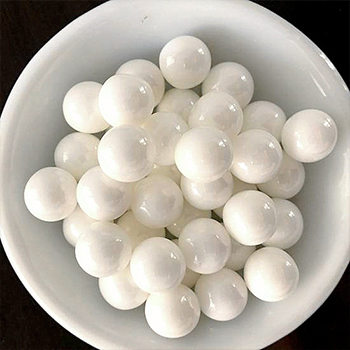
Understanding the Properties and Applications of Bleaching Earth Clay in Industrial Processes
Understanding Bleaching Earth Clay Applications and Benefits
Bleaching earth clay, often referred to as activated clay or fuller’s earth, is a natural clay material that has been widely used for various industrial applications due to its remarkable adsorptive properties. This unique type of clay is primarily composed of minerals such as montmorillonite, kaolinite, and attapulgite. Its ability to absorb impurities makes it an essential component in numerous processes, particularly in the oil and fats industry, as well as in the production of cosmetics and pharmaceuticals.
One of the principal applications of bleaching earth clay is in the refining of edible oils. During oil processing, various impurities such as phospholipids, pigments, and free fatty acids can affect the quality and shelf life of the oil. Bleaching earth clay is added to the crude oil to adsorb these unwanted substances, resulting in a more refined, palatable product. This decolorization process is critical because it not only enhances the appearance of the oil but also significantly improves its stability and taste.
Moreover, the use of bleaching earth clay extends beyond the food industry. It is also employed in the cosmetic sector, where its absorbent qualities are highly valued. For instance, many facial masks and cleansers contain activated clay, which helps draw out impurities from the pores, providing a deep cleansing effect. Additionally, bleaching earth clay can be found in various beauty products, such as powders and deodorants, where it serves to absorb excess moisture and control shine.
bleaching earth clay

In the pharmaceutical industry, bleaching earth clay is utilized as an excipient and a filtration aid. Its capability to absorb toxins and impurities aids in the purification of certain medications and the clarification of pharmaceutical solutions. This ensures that the final product is not only effective but also safe for consumer use.
Another significant application of bleaching earth clay is in the manufacturing of animal feed. When added to feed, it can enhance the nutritional value by binding toxins and preventing their absorption in the animal's system. This is particularly important in ensuring the health and productivity of livestock, as mycotoxins and other harmful substances can adversely affect growth rates and overall animal welfare.
The ecological impact and sustainability of using bleaching earth clay should also be considered. As a natural material, it offers a more environmentally friendly alternative to synthetic adsorbents used in various industries. However, it is vital to source this clay responsibly. Over-extraction can lead to habitat destruction and depletion of natural resources. Therefore, it is essential to promote sustainable mining practices and ensure that the demand for bleaching earth clay does not compromise environmental integrity.
In summary, bleaching earth clay plays a crucial role across several industries due to its unique properties and versatility. From edible oil refining to cosmetic applications and even pharmaceutical use, this natural clay is indispensable. As industries continue to innovate, the demand for high-quality, sustainable bleaching earth clay is likely to grow. This underscores the importance of understanding its benefits and applications while advocating for responsible sourcing practices to protect our environment for future generations.
Share
-
Fly Ash Solutions Enhanced by GPT-4 Turbo | Sustainable InnovationNewsAug.01,2025
-
Natural Premium Bentonite Cat Litter - Superior ClumpingNewsJul.31,2025
-
Premium Resin Coated Sand - High Heat Resistance CastingNewsJul.31,2025
-
High Quality Silicon Carbide Grit for Abrasive ApplicationsNewsJul.30,2025
-
High-Quality Ceramsite for Plants & Gardening | Lightweight PebblesNewsJul.29,2025
-
Premium Burgundy Glass Marbles for Vases & Shooter GamesNewsJul.29,2025






